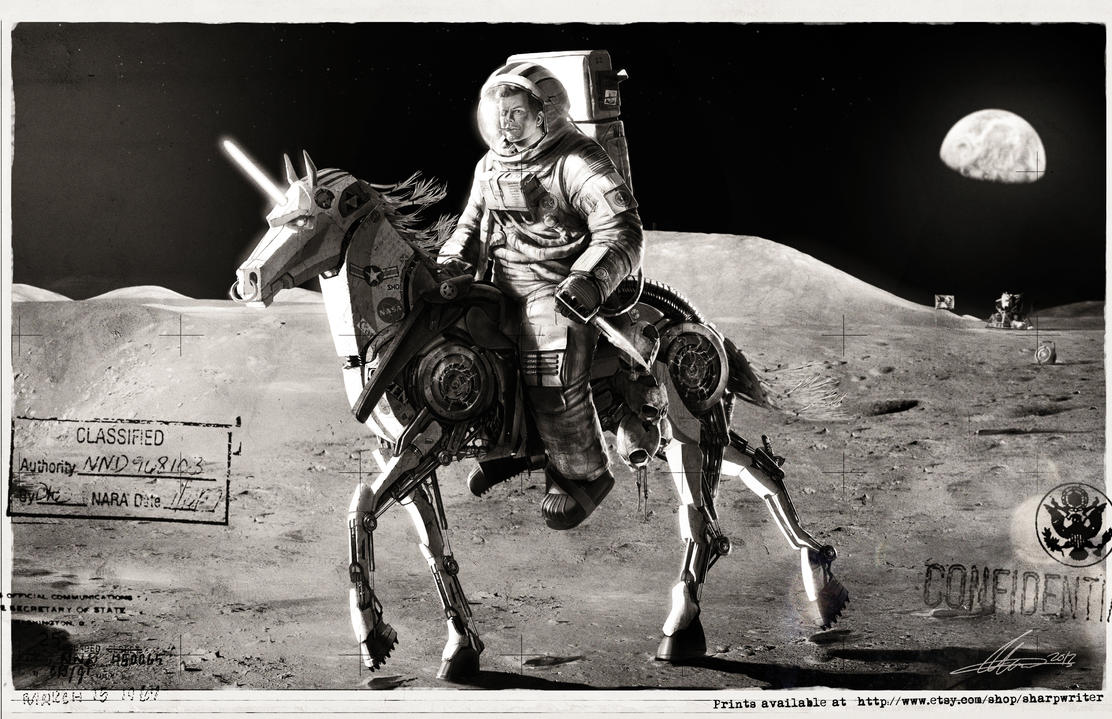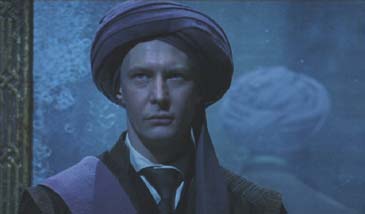Friday, February 24, 2012
What they gave up? And what they didn't? : The True Story about the First 10 Presidents and Lent
Saturday, February 18, 2012
Aaron Burr and the Mechanical Horse

Burr, most commonly known as the man who shot and killed Alexander Hamilton in their infamous duel, was also considered an avid equestrian during his day. In truth, Burr was actually disgusted by the smell of horse manure as well as terrified of falling from the back of a spooked horse, having suffered an injury as a child when he was thrown from a pony that saw a snake. However, one fact about Burr that was not widely publicized was that he was an excellent mechanic. In an age where machinery was fairly rare and usually very bulky and simple, Burr's spent many evenings tinkering in his cellar on contraptions so exquisitely crafted they would put many modern marvels to shame.
Burr's favorite hobby was crafting mechanical animals. His creatures ranged from small rabbits and squirrels that could be wound up to move and even make noise, to larger creations including a dog and a life-sized giraffe based on one he had seen as part of a French nobleman's private collection years earlier. In 1789, Burr's love for riding and tinkering merged in what is his longest lasting if not all-around greatest work, Charlie the horse. This wind up mechano-horse took 7 months to build, and supported the weight of a 180lb man. Almost unbelievably, if properly wound (a process that took 2 men several hours to complete), Charlie could run at a gallop for over 20 miles. Burr in fact won several races before losing the horse in a poker game to a man named John Nash in 1802.
From there history gets a little hazy as it often does. To be honest, we are not sure where Charlie traveled in the years following his parting with Aaron Burr, but we do know that the horse resurfaced in 1954 when it was purchased by the Kennedy family in an estate sale. The fact that it was still in such pristine and working condition is considered to be one of the original inspirations for the space program, evidenced by JFK's one-time quote "We are the new cowboys. Where they rode into the sunset, we choose to go to the moon." Thus we establish the origin behind Charlie's inclusion in Kennedy's famous ride, solidifying once again the rippling impact our founding generations have had throughout history.
Cheers,
The Lost and Founders
Friday, February 10, 2012
The Bachelor: A Midnight Ride
After the death of his first wife earlier that year, Revere responded to an ad for colonial bachelors: “Date 25 of the Colonies’ hottest bachelorettes and propose to the lady of your dreams!” Turns out he was the only bachelor that applied. And the only person who failed to read the fine print: “Sign here to grant The Bachelor producers full rights to record every moment of your life from this day forward and to enlist yourself to any and all Revolutionary efforts requested of you.”

Friday, February 3, 2012
Dolley Madison: She Wore the Pants
A month ago, our readers were exposed to a story that involved Dolley Madison punting a living wolf from the roof top of Monticello. We here at Lost and Founders had no way of knowing that this fascinating anecdote would lead to revolutionary breakthroughs in our perception of Madison that rival even the startling realization that Jefferson’s dining room was in fact painted yellow, and not the shade of baby blue that scholars had envisioned for nearly a century.

Until now, Dolley Madison’s name has been synonymous with the birth of Washington, D.C. as we know it. We hear of her extravagant parties, of how she cooled even the most heated of bipartisan squabbles with homemade ice cream, of her buoyant optimism, and of course, of how she saved Washington’s portrait from the fire that burned down the executive mansion. She was brave, dedicated, heroic, cheerful, and… a power-hungry monster who, restrained as she was by societal expectations and gender roles, achieved greatness by controlling her frail husband like a puppeteer does a doll. Modern scholarship will attempt to suppress reality for fear of tarnishing the founding, but in our continual efforts to portray the real truth, we will attempt to show Mrs. Madison as she really was.
Dolley was born to the Payne family of Virginia in 1768. She was raised a strict Quaker, and thus, endured a childhood that was just about as lively as a bowl of oatmeal. In 1790, she married a well-to-do lawyer and had two children. Just as everything seemed to be falling into place, and just as a simple uneventful life seemed imminent, we see the first manifestation of the TRUE Dolley Pain Payne. In 1793 a bout of “Yellow Fever” conveniently broke out in Philadelphia, conveniently killing off her husband and son, and conveniently leaving her single and ready to mingle (to use a common expression of the time) with a certain 5’ 4’’ congressman who conveniently had achieved great fame by writing a lil somthin’ somethin’ we refer to as the Constitution and the Bill of Rights.

According to the history books, Dolley was expelled from the Society of Friends when she married Madison, an Episcopalian. At Lost and Founders, we think that the Quakers knew what was up. Dolley, who allegedly was sick with the fever at the same time as her husband conveniently survived and recovered just in time to court the lonely Mr. Madison. Convenience aside, James was also shy, sickly, and short. Contemporaries referred to him in private as “Little Jimmy” and Henry S. once famously said of him “He’s an anchovy”. At 43, Madison was 17 years her senior, and when we consider this along with evidence that suggests that Dolley was “a total babe” we are naturally left with sinister conclusions.
Just before her wedding, Dolley Madison notoriously quoted “There is a secret in life, better than anything a fortune teller can reveal. We all have a great hand in the forming of our own destiny.” Boy did she have a hand in forming her destiny. We understand that many readers, horrified by the accusations being brought against our first real First Lady, will refuse to accept that she was both a murderer and a grave-robber. We would like to reassure you, she wasn’t just a murderer and grave-robber, she was also an arsonist.
In 1926 The Evening Independent published an article stating: “If Dolly Madison were alive today, she would have been classed as a flapper. . . . She was frivolous, used rouge, dipped snuff, and . . . played cards for high stakes. . . . Quite another sort...” Furthermore, it is crucial to consider the reality that she wore a turban. In our experience, people who wear turbans and have no legitimate religious reason to do so tend to use them as a means of hiding something way sinister within the folds of the fabric… like Lord Voldemort
.
During the Madison administration, Dolley would tackle the War of 1812, domestic insurrection, and a fledging economy; meanwhile James would furnish the White House, plan social gatherings, and churn the famous ice cream for which his wife received all the credit. In 1814, during one of her customary fits of rage (this time set off by her dislike of the bright velvet curtains James had chosen for the family room) Dolley set fire to the executive mansion. With just enough time to secure the portrait of colonial heartthrob George Washington, Dolley managed to escape shouting “The British Are Coming!! The British Are Coming!!” James, scared as he was of his wife, went along with the story fooling generations of scholars into believing that the British burned down the White House.

We wish this weren’t all true; however, it is our solemn duty to inform you that it is. Dolley was a woman born way ahead of her time, constrained and restricted by society’s perceptions of a woman’s place. She did what she had to do, hurdling over…hurdles..? achieving her goals, her dreams, and her full potential. And let’s be honest. She was a total badass.